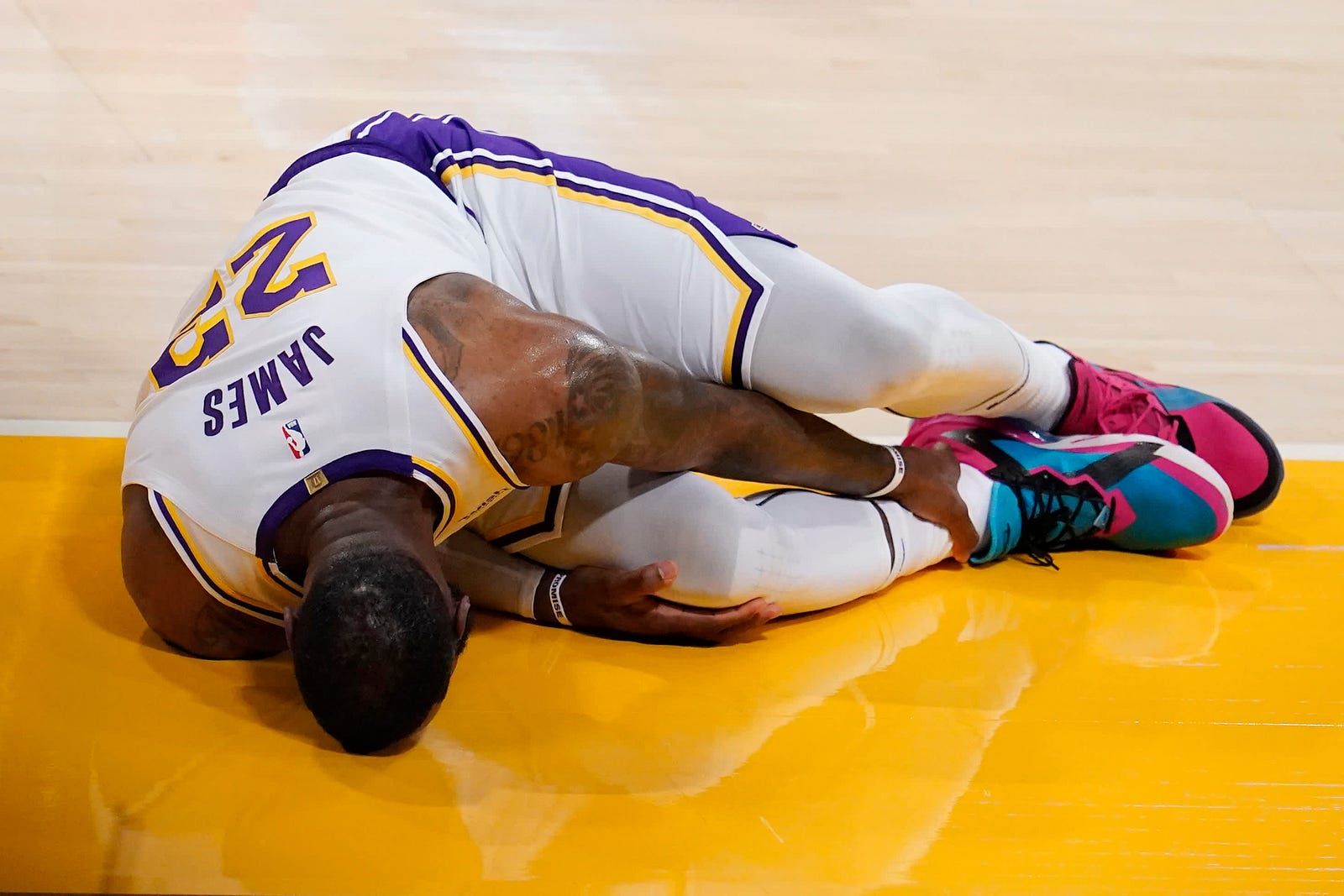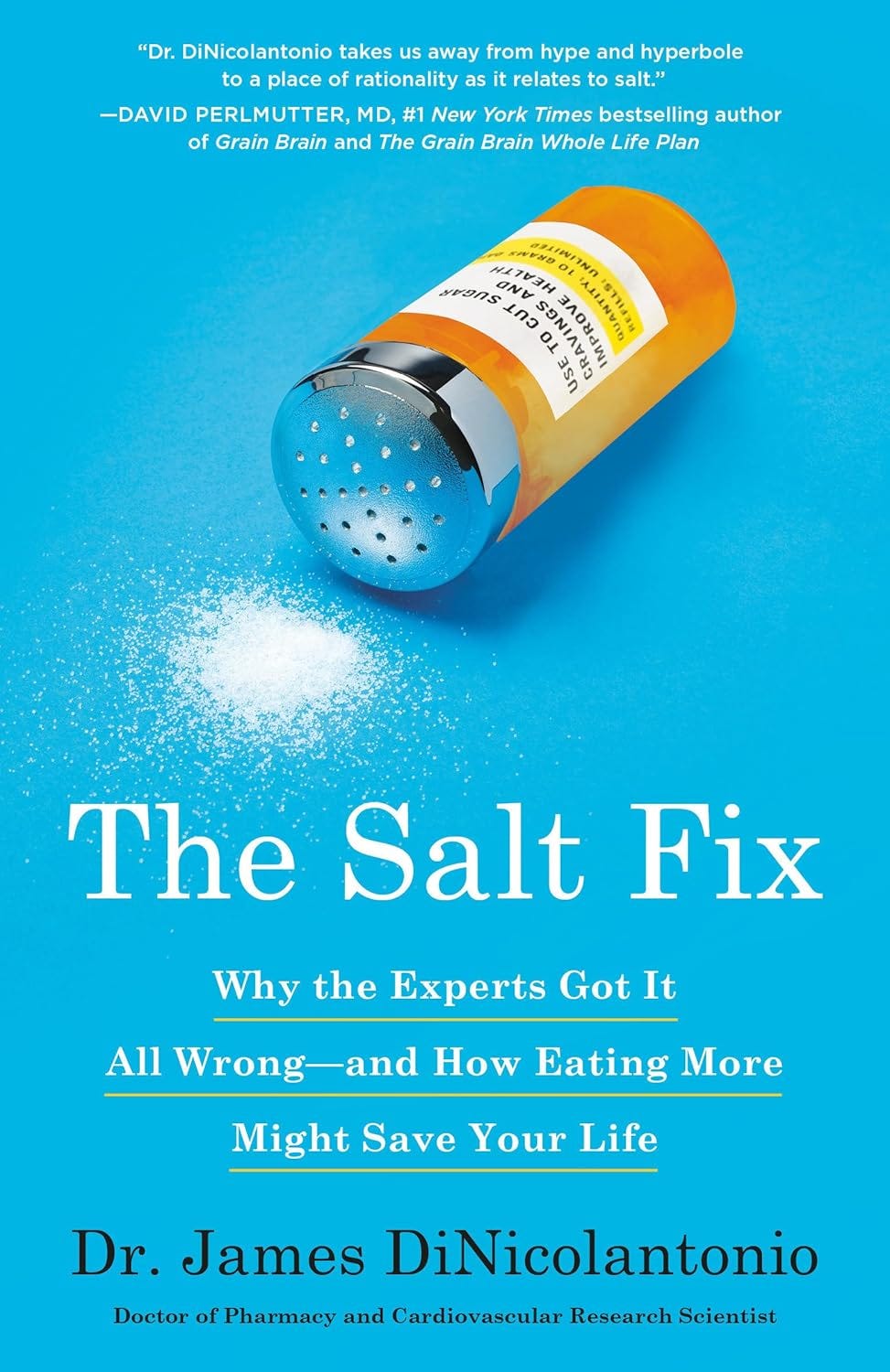We’re seeing athletes become more explosive and powerful than at any other time in human history. Yet injury rates are skyrocketing across every sport. Performance coach Zach Woodward reveals the hidden paradox that’s breaking down elite athletes.
“If we look at Olympic records across just about every sport, we’re becoming more athletic, more explosive, more powerful than we’ve been at any other time in human history,” says Woodward. “And yet injury rates are also going along with that.”
This presents a puzzling contradiction: We’re clearly not too weak. So what’s really happening?

The Power-Stability Paradox
The modern strength and conditioning world has become hyper-focused on power and explosiveness. As Woodward explains, “We have this kind of Olympic weightlifting, powerlifting, bodybuilding kind of background that a lot of kind of modern day S&C strength conditioning has been pulled from.”
The result? “We’re becoming very, very good at developing at achieving that outcome without maybe or maybe ignoring some of the kind of ramifications of that and kind of how to mitigate some of those kind of negative side effects.”
The Lost Foundation
The problem isn’t that we’re getting stronger — it’s what we’re neglecting in pursuit of that strength. Woodward highlights a crucial observation: “We are maybe missing some of those underpinning pieces to allow us to have that stability, strength, durability, resilience and things like that.”
He offers a compelling example: “Show me a kid that can do 10–12 like really quality chin ups, full hang chest to bar… Like that’s a strong kid. Like he doesn’t need to be doing so many of these other things.”
The Early Specialization Trap
This issue is compounded by modern youth sports culture. As Woodward notes: “The early specialization, the hyper competitive nature of kind of sports these days is everyone cares more about the United States championship rather than actual kind of long term development.”
The consequences?
“Kids are playing less sports”
“Everything is kind of more competitive but less active”
“We have a less active lifestyle, but everything is kind of hyper competitive”
Building From the Ground Up
So what’s the solution? Woodward advocates for a fundamental shift in how we approach athletic development:
Master Your Own Body First “If you think about like a tube of toothpaste,” Woodward explains, “a young kid is really just a kind of full, like brand new like tube of toothpaste. And we tend to just grab that in the middle and squeeze… But over time it then becomes harder and harder to kind of get some of that stuff later on.”
Prioritize Movement Quality Before adding external loads, athletes need to master basic movement patterns. This includes fundamental skills like bodyweight squats, pull-ups, and natural movement patterns.
Build Progressive Foundations “If we can just be a little bit patient,” says Woodward, “like kind of just go from the back, like kind of understand that this is a long term process for this kid and kind of build step by step… even if that means they’re going to lose the basketball game this weekend.”
The New Strength Paradigm
The path to durable athletic performance isn’t just about getting stronger — it’s about building a complete foundation. As Woodward puts it: “Being patient, willing to do the basic boring stuff in all aspects in the sports side of things and the training side of things in the lifestyle side of things, like that’s the stuff that that really makes all the difference.”
For coaches and athletes, this means:
Mastering bodyweight control before adding external loads
Developing movement quality alongside strength
Taking a long-term approach to athletic development
Prioritizing durability alongside power
The strongest athletes aren’t just the most powerful — they’re the most durable. In our rush to build bigger, faster, stronger athletes, we’ve forgotten that true strength comes from a foundation of movement quality, body control, and progressive development.
Remember: You can’t build a skyscraper on a wooden foundation.
Your Challenge for the Week
This week, strip back your training to focus on foundational movement quality. Choose one bodyweight exercise (like push-ups, squats, or pull-ups) and dedicate 15 minutes daily to perfecting your form rather than increasing reps or adding weight. Record yourself on day one and again on day seven.
Notice not just your strength improvements, but how the movement feels — the stability, control, and fluidity. Remember Woodward’s message: true athletic development isn’t about rushing to power; it’s about building the foundation that makes that power sustainable and injury-resistant. By Sunday, reflect on how this focus on movement quality might change your long-term approach to training.
My best tasting recovery tool!
I take creatine every day. It one of the safest, most tested, and most effective supplements of all time. My preferred brand is Create Creatine gummies.
If you want a great alternative to the gross and grainy powders, you can try Create gummies for 20% off with my code “AthleteX”!
*this is not a sponsored post, but I do get a small affiliate commission from sales of this product. I use these myself and buy them with my own money.
Book Recommendation
The Salt Fix: https://amzn.to/4k1OlOc
Dr. James DiNicolantonio has reviewed more than five hundred publications to unravel the impact of salt on blood pressure and heart disease. He’s reached a startling conclusion: The vast majority of us don’t need to watch our salt intake. In fact, for most of us, more salt would be advantageous to our nutrition — especially for those of us on the keto diet, as keto depletes this important mineral from our bodies. The Salt Fix tells the remarkable story of how salt became unfairly demonized — a never-before-told drama of competing egos and interests — and took the fall for another white crystal: sugar.
Pretty interesting, especially for athletes!


